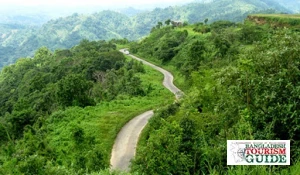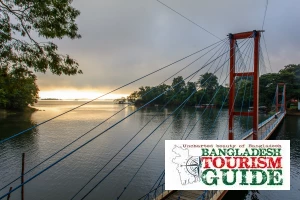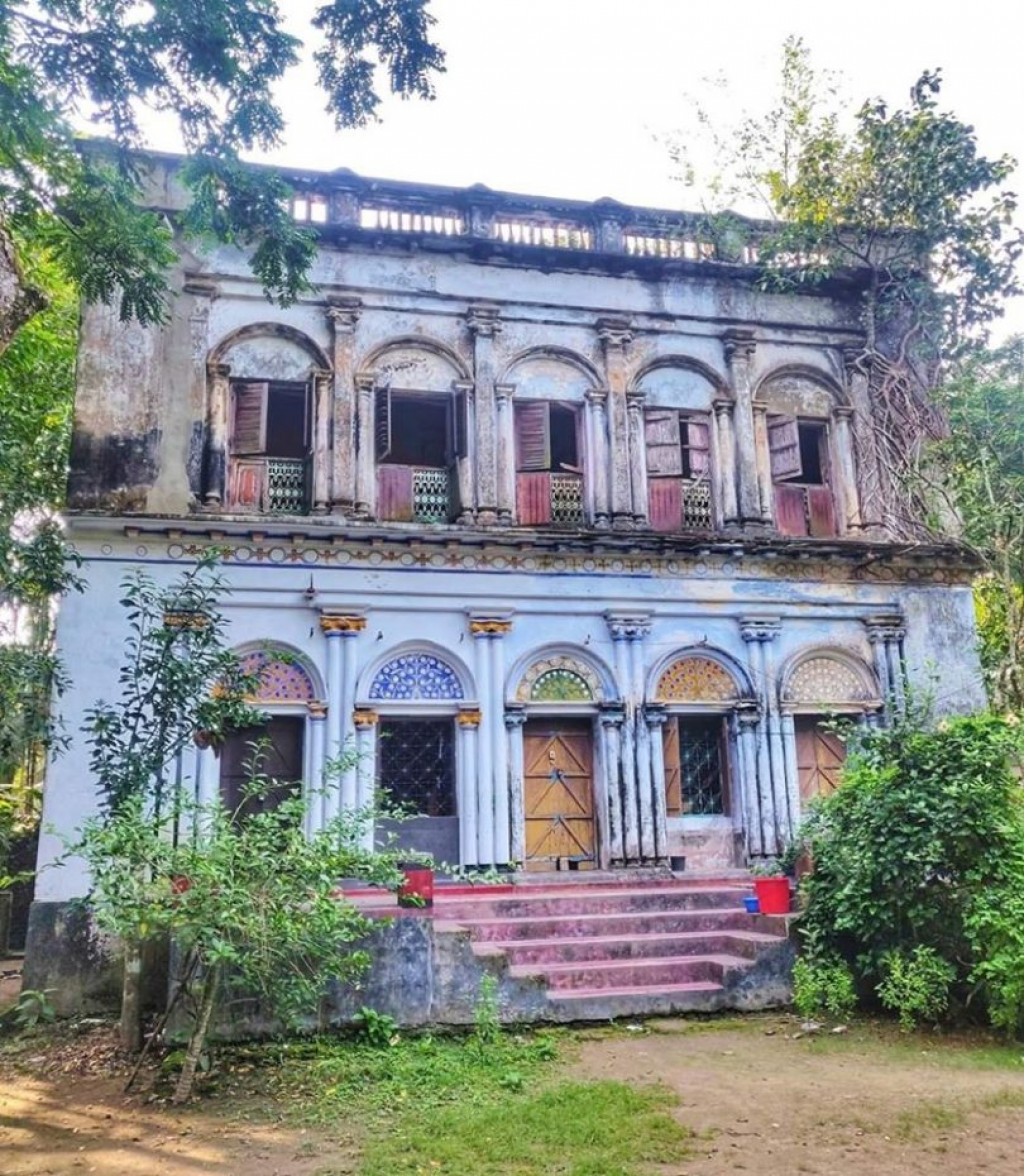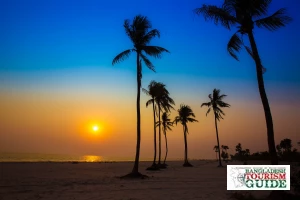Description:
Chimbuk, the third largest mountain in Bangladesh Chimbuk is known around the country. The location of Chimbuk hill, 26 kilometers from Bandarban district town. Its height from the sea surface is about 2,500 cubic feet. The mountain scenes on both side of the road to Chimbuk are very pleasant. On the way, the river Sangu is visible. In the mountains, along with the highest road of Bangladesh, it will seem to be passing through the moon. Standing up to 2500 feet high will see this diverse natural scene in Chimbu. Standing on the hill, you can see the clouds rushing down. Cox’s Bazar and Chittagong’s different upazilas are seen from here. In the rainy season, clouds clouded by the side of the mountain seem like clouds of heaven in the sky.
The hotel or restaurant was not built here because Chimbuk is located in the remote hill area of Thani. Under the supervision of the Deputy Commissioner, there is a resthouse. There is a chance to have night time with the permission of the Deputy Commissioner. There are army canteens beside Chimbuk. Breakfast is available in the morning and afternoon. Besides, there are two tourist centers named Milananchari and Shakura on the way to Bandarban to Chimbuk. But it is best to go with Bandarban to take light food and other necessities.















